Western Diamondback Rattlesnake
- December 17, 2023
- 0 comment
The Western Diamondback Rattlesnake (Crotalus atrox) stands as an iconic and formidable reptile in the arid landscapes of North America. Renowned for its distinctive diamond-shaped pattern along its back and a rattling tail that warns of its presence, this venomous serpent commands both fear and respect.
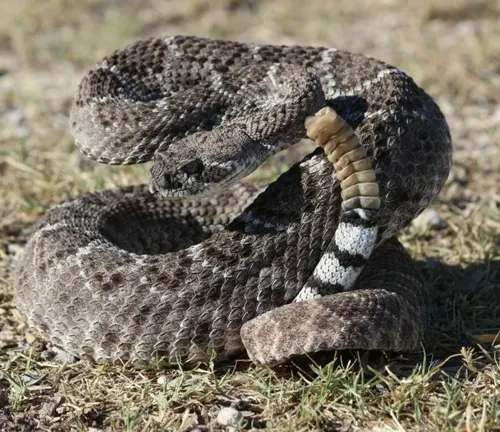
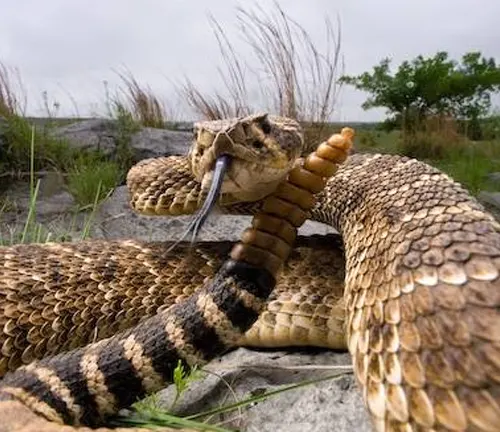
Spanning a range from southwestern Canada to Mexico, these adaptable creatures thrive in diverse habitats, from deserts and grasslands to rocky outcrops. Possessing a robust body, keeled scales, and a triangular-shaped head, the Western Diamondback is a master of camouflage, seamlessly blending into its surroundings while waiting patiently for prey.
Armed with potent venom primarily designed for subduing rodents, this rattlesnake plays a crucial role in controlling rodent populations, thus maintaining ecological balance. Despite their fearsome reputation, Western Diamondbacks are generally reclusive and prefer to avoid human encounters. Conservation efforts aim to strike a balance between preserving the species and ensuring the safety of those who share their habitat, highlighting the delicate coexistence between humans and this remarkable reptile.
| Feature | Description |
|---|---|
| Scientific Name | Crotalus atrox |
| Size | Average length of 3 to 5 feet (up to 7 feet in some cases) |
| Habitat | Arid regions, deserts, grasslands, rocky areas |
| Range | Southwestern United States, Mexico, and parts of Canada |
| Appearance | Distinct diamond-shaped pattern, keeled scales, triangular head |
| Venom | Hemotoxic venom for subduing prey |
| Reproduction | Viviparous (gives birth to live young) |
| Behaviour | Nocturnal, primarily solitary, uses rattling tail as a warning signal |
| Diet | Rodents, small mammals, birds |
| Lifespan | Around 15 to 20 years in the wild |
| Conservation Status | Not currently listed as endangered, but faces habitat loss and human conflict |
Venomous or Not Venomous?
One of the most persistent questions surrounding the Western Diamondback Rattlesnake is its venomous nature. Indeed, this species is venomous, possessing a potent hemotoxic venom that serves the purpose of subduing its prey. While their venom is a crucial aspect of their survival, these snakes are generally reclusive and prefer to avoid human encounters. Understanding the venomous aspect of these reptiles sheds light on the delicate balance they maintain in their ecosystems.
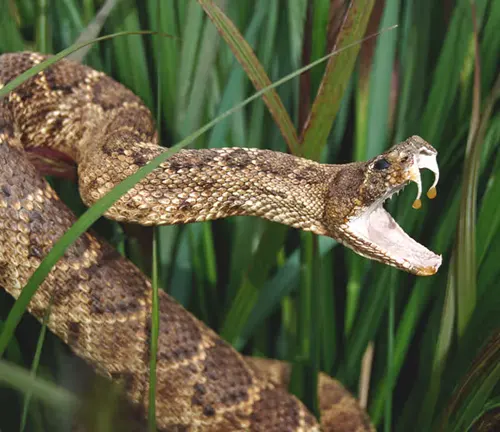
Ecological Importance
Beyond their fearsome reputation, Western Diamondbacks play a vital role in maintaining ecological balance. As skilled predators, they help control rodent populations, preventing an unchecked increase that could disrupt the delicate balance of their habitats. By acting as natural pest controllers, these snakes contribute to the overall health and sustainability of the ecosystems they inhabit.
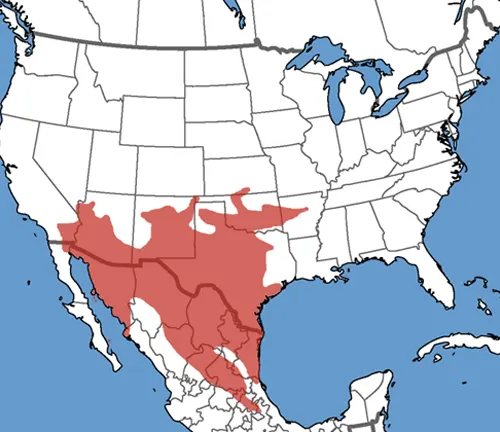
Habitat
Adaptability is a hallmark of the Western Diamondback Rattlesnake, as they thrive in diverse habitats. From deserts and grasslands to rocky outcrops, these reptiles have found a way to survive and flourish in various environments. Understanding their habitat preferences is essential for conservation efforts and ensuring the coexistence of humans and these remarkable creatures.
Behavior
The behavioural patterns of the Western Diamondback Rattlesnake are fascinating and nuanced. Nocturnal by nature, they are primarily solitary creatures. Their distinctive rattling tail serves as a warning signal, allowing them to avoid confrontations with potential threats. Exploring the behaviour of these snakes provides insights into their survival strategies and the ways they navigate their environments.
Art and Culture
The Western Diamondback Rattlesnake has also left its mark on human art and culture. From indigenous symbolism to contemporary art, these snakes have been featured in various forms of creative expression. Understanding their cultural significance adds another layer to the complex relationship between humans and these intriguing reptiles.
Survival
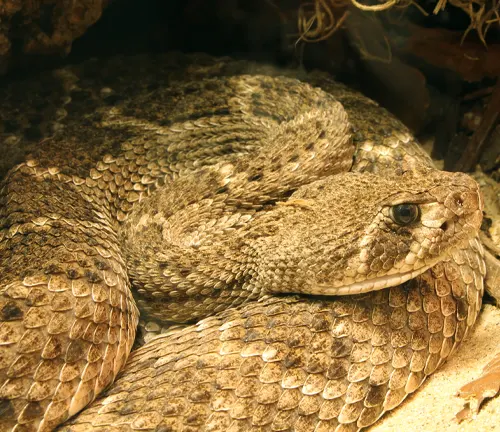
Survival in the harsh environments they inhabit is a constant challenge for Western Diamondbacks. Their ability to adapt, find shelter, and employ effective hunting strategies showcases the resilience of this species. Examining the factors that contribute to their survival provides valuable information for conservation initiatives aimed at preserving their populations.
Conservation
Conservation efforts for the Western Diamondback Rattlesnake focus on preserving their habitats and mitigating human-wildlife conflicts. Balancing the needs of both the snake and local communities is crucial for the long-term survival of this species. Educating the public about the importance of these reptiles and implementing measures to protect their habitats are integral components of conservation initiatives.
Common Food
The diet of the Western Diamondback Rattlesnake primarily consists of rodents, small mammals, and occasionally birds. Their role as natural predators of these species contributes to the regulation of rodent populations, preventing overgrazing and the spread of diseases. Understanding their common food sources is essential for comprehending their ecological impact.
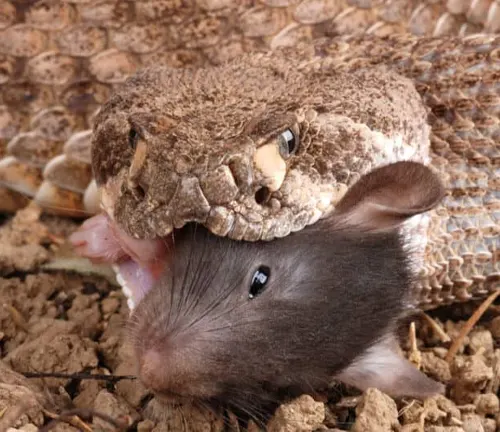
Benefits
While the Western Diamondback Rattlesnake may instil fear, recognising the benefits they bring to their ecosystems is crucial. By controlling rodent populations, these snakes indirectly contribute to agricultural and ecological stability. Appreciating the ecological services they provide sheds light on the positive aspects of their presence in the natural world.
Different Species
The Western Diamondback Rattlesnake (Crotalus atrox) is a single species, and there are no recognized subspecies. It is a distinct and well-defined species that inhabits various regions in North America, from southwestern Canada to Mexico. While individual snakes may display some variation in coloration and pattern, these differences are typically attributed to factors such as age, location, and environmental influences rather than distinct subspecies.
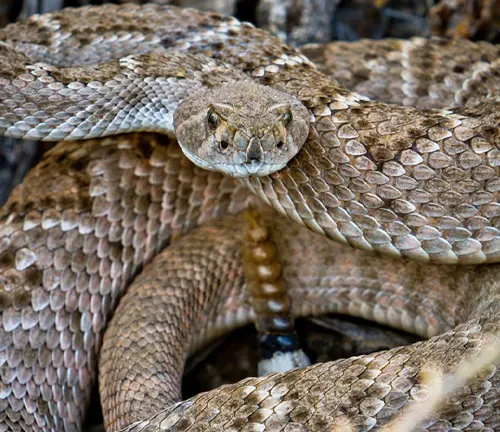
Conclusion
In conclusion, the Western Diamondback Rattlesnake is a complex and integral part of North America’s ecosystems. From its botanical beauty to its ecological importance, understanding the various facets of this species fosters appreciation and awareness. Conservation efforts play a pivotal role in ensuring the coexistence of humans and these remarkable reptiles, preserving the delicate balance of nature.
Frequently Asked Questions (FAQs)
- Is the Western Diamondback Rattlesnake venomous?
Yes, the Western Diamondback Rattlesnake is venomous. It possesses hemotoxic venom used for subduing prey. - How big do Western Diamondback Rattlesnakes get?
On average, they range from 3 to 5 feet in length, although some individuals may grow up to 7 feet. - Where are Western Diamondback Rattlesnakes found?
They are native to North America, specifically inhabiting regions from southwestern Canada to Mexico. - What is the distinctive feature of Western Diamondback Rattlesnakes?
They have a diamond-shaped pattern along their back and a rattling tail, which serves as a warning signal. - Are Western Diamondback Rattlesnakes aggressive?
While they can be defensive when threatened, they are generally reclusive and prefer to avoid confrontations with humans. - What is the role of Western Diamondback Rattlesnakes in the ecosystem?
They play a crucial role in controlling rodent populations, acting as natural pest controllers and contributing to ecological balance. - What is their preferred habitat?
Western Diamondback Rattlesnakes are adaptable and can be found in various habitats, including deserts, grasslands, and rocky areas. - How do they reproduce?
They are viviparous, meaning they give birth to live young instead of laying eggs. - Are Western Diamondback Rattlesnakes endangered?
As of my last knowledge update in January 2022, they are not listed as endangered, but they face threats such as habitat loss. - Can you keep Western Diamondback Rattlesnakes as pets?
In many places, it is illegal to keep venomous snakes as pets due to the potential danger they pose. Additionally, their specific needs in captivity can be challenging to meet. - What do Western Diamondback Rattlesnakes eat?
Their diet consists mainly of rodents, small mammals, and occasionally birds. - How long do Western Diamondback Rattlesnakes live?
In the wild, they typically live around 15 to 20 years. - How can I stay safe in areas where Western Diamondback Rattlesnakes are present?
Stay on designated trails, wear sturdy boots, be cautious in rocky areas, and be aware of your surroundings. If you encounter a rattlesnake, give it space and back away slowly.



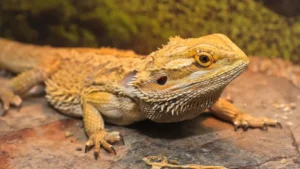
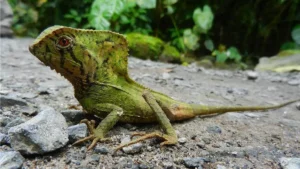



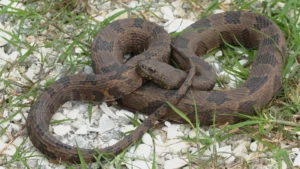
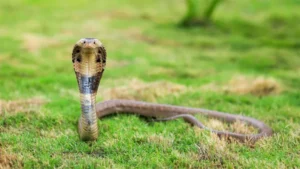
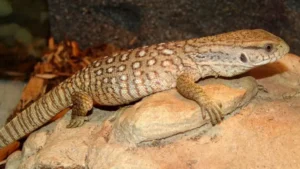

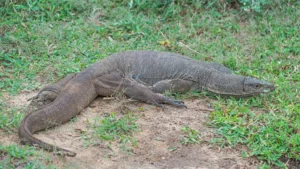
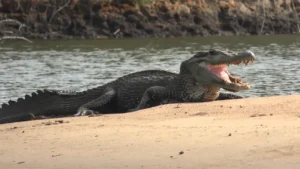
Leave your comment